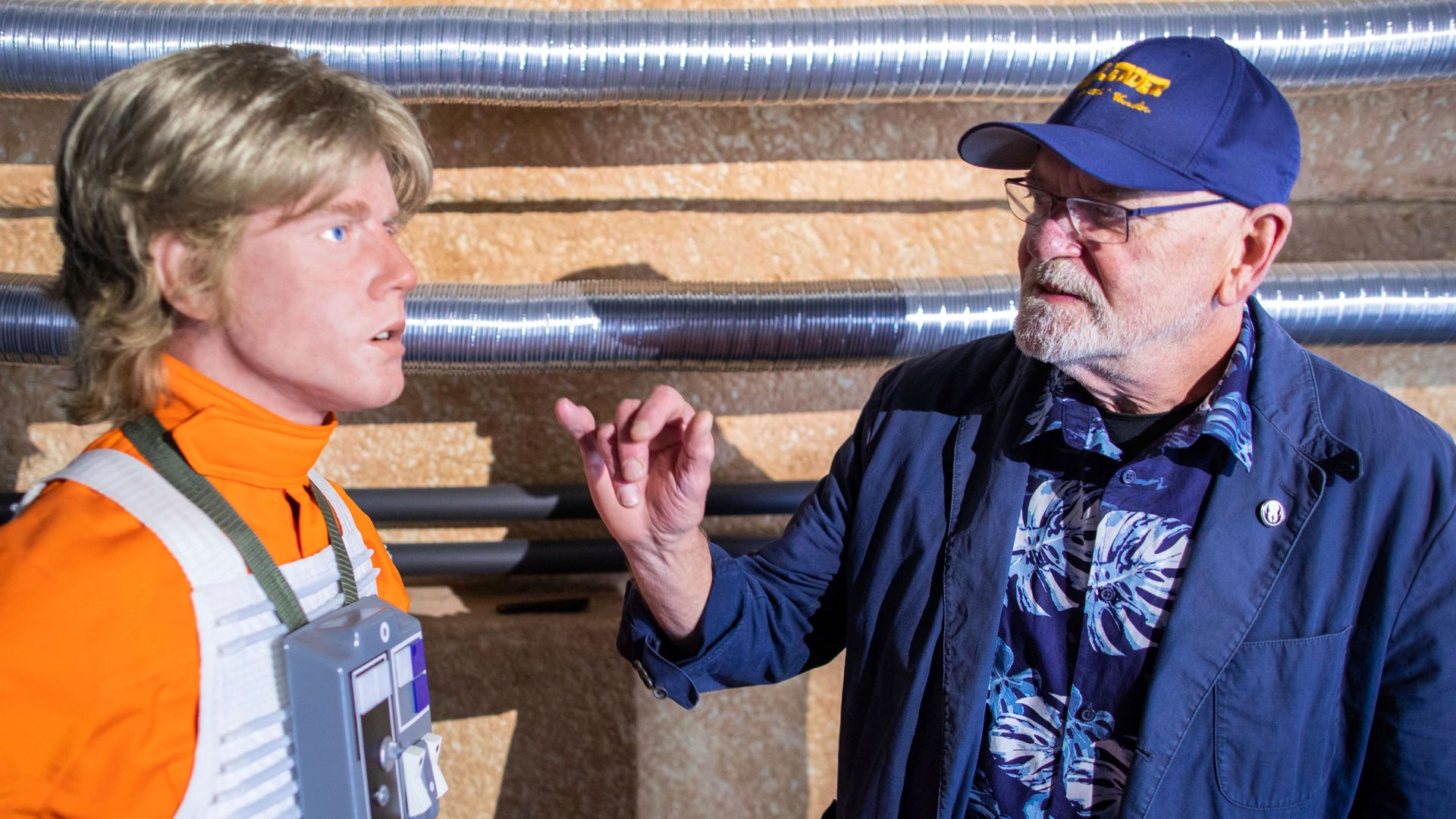
The BDN Editorial Board operates independently from the newsroom, and does not set policies or contribute to reporting or editing articles elsewhere in the newspaper or on bangordailynews.com.
The ongoing devastation in Gaza is part of a longstanding, if not ancient, dispute in the Middle East. If there were a simple solution, or solutions, to resolve the conflict and create a durable peace, it surely would have materialized by now.
But sometimes, even amid the complexities, we cannot lose sight of the simple truths: Thousands of Palestinian civilians should not have died in the crossfire, and nearly two million people should not be displaced from their homes. The roughly 120 Israeli hostages still alive should be home with their families. The attack on Oct. 7 was barbaric, and Israel had a right to respond, but that response has long since passed proportionality and has not achieved goals like bringing the rest of the hostages home, while diminishing support for Israel.
With these truths in mind, we will say it again: The answer now must be diplomacy, not more destruction.
It remains vital for negotiators to finalize a cease-fire agreement, even if it is a temporary one that can lay the groundwork for a permanent cease-fire, to provide a path to peace and a respite for the people continuing to suffer on both sides of this conflict. There had seemingly been progress in these talks recently, with President Joe Biden saying last week that Israel and Hamas have agreed on a framework that would pause hostilities in Gaza, facilitate the release of hostages, and set the stage to determine what future control in Gaza looks like.
But that final agreement has been elusive, and recent strikes from Israel have further complicated the potential deal. With reports of Israeli negotiators returning to Egypt on Wednesday for talks, the imperative to find a path forward and finalize a cease-fire could not be clearer.
The general cease-fire framework that has been agreed to but not finalized would have three phases. The first phase would include an immediate cease-fire with an exchange of hostages, prisoners and hostage remains; the withdrawal of Israeli forces from populated areas of Gaza, Palestinian civilians returning to their homes, and the facilitation of humanitarian aid. Phase two would mark a permanent end to the hostilities, the return of all remaining hostages (including male soldiers in this phase) in Gaza, and complete withdrawal of Israeli forces. Phase three would be a multi-year effort to reconstruct Gaza.
Linda Thomas-Greenfield, U.S. ambassador to the United Nations, spoke about this framework and the ongoing situation as part of UN Secuirty Council debate on Wednesday.
“Israel and Hamas have now both agreed to the cease-fire framework endorsed by the council in Resolution 2735. There are still gaps to be closed, and this council must keep pressure on Hamas to accept the deal outlined in Resolution 2735, and begin implementing it without delay and without conditions. This is what we all want here in this council, it’s what the Palestinians in Gaza want,” Thomas-Greenfield said on Wednesday. “But these negotiations are trending in the right direction, and we are working in close cooperation with Egypt and Qatar to get this deal done, and bring an end to this war.”
Everyone involved must help bring about this end, which is so desperately needed for the people, both Palestinian and Israeli, who continue to suffer because of the war. Hamas must be pressured to accept the deal, and help the Gazan people it claims to represent. And ahead of and during his July 24 visit to Washington, U.S. officials in particular must pressure Israeli Prime Minister Benjamin Netanyahu to get this deal done. The many people suffering must not wait any longer for a peaceful resolution.










